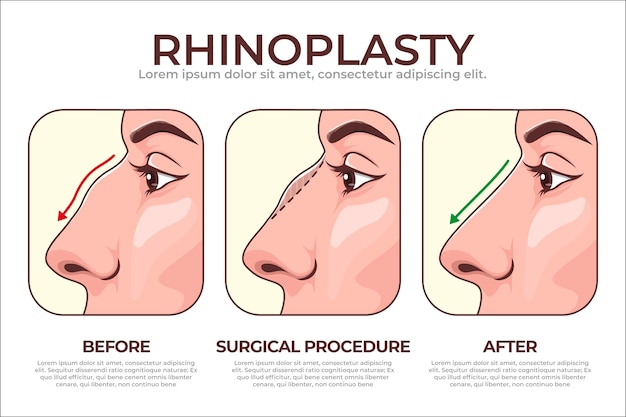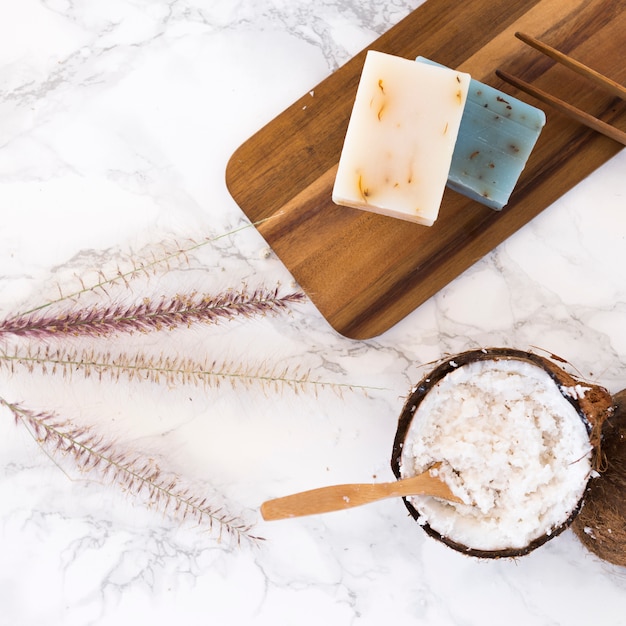
Rhinoplasty, often referred to as a “nose job,” is a popular plastic surgery procedure worldwide, and particularly in the United States. Essentially, this surgery involves a plastic surgeon reshaping the nose’s bone and cartilage to get the desired shape. The primary goal here is to help individuals, both men and women, feel more comfortable with their facial features, especially when they’re unhappy with the size or shape of their nose. In fact, Atlanta reports a high number of these surgeries every year.
Typically, people might opt for this surgery because they feel their nose is too big or too small, has a bump, sticks out, is too big or has oversized or pinched nostrils. As it’s quite popular among teenagers, it’s essential for doctors to confirm that their patients genuinely want the procedure instead of succumbing to peer pressure. Doctors usually do this through pre-surgery consultations.
This surgery can also enhance other facial features and correct structural defects, such as:
1. Nose Size: Our nose and ears keep growing as we age due to the cartilage expansion. That’s why older people often have larger noses and ears. Genetics also play a vital role in determining the nose’s size and shape. If someone feels their nose is out of proportion with the rest of the face, they might choose to adjust its size through rhinoplasty.
2. Nasal Tip Shape and Projection: The nose tip, the most noticeable part of the nose, can often be under or over-projected. Both cases can impact how you look from the side, and surgeons can correct these using surgery to reshape the under-tip cartilage. If needed, they could use implants or grafts to increase or decrease the projection.
3. Height of Nasal Bridge: The nasal bridge can greatly influence how your nose looks. A high bridge can make the nose appear larger, while a lower one can cause the nose to blend with the rest of the face. Surgically removing excess cartilage can alter the bridge height.
4. Deviated Septum: Commonly caused by injuries, a crooked or deformed septum can affect both your breathing and the appearance of your nose. During rhinoplasty, surgeons often use splints or cartilage grafts to treat and realign a deviated septum.
5. Botched Nose Job: Sometimes, the first rhinoplasty attempt may not yield the desired results. In such cases, patients might need a second procedure, known as revision rhinoplasty, to correct any previous errors.
So, rhinoplasty not only is about redefining the nose, but it also serves to rectify different nasal deformities and enhance overall facial symmetry.









